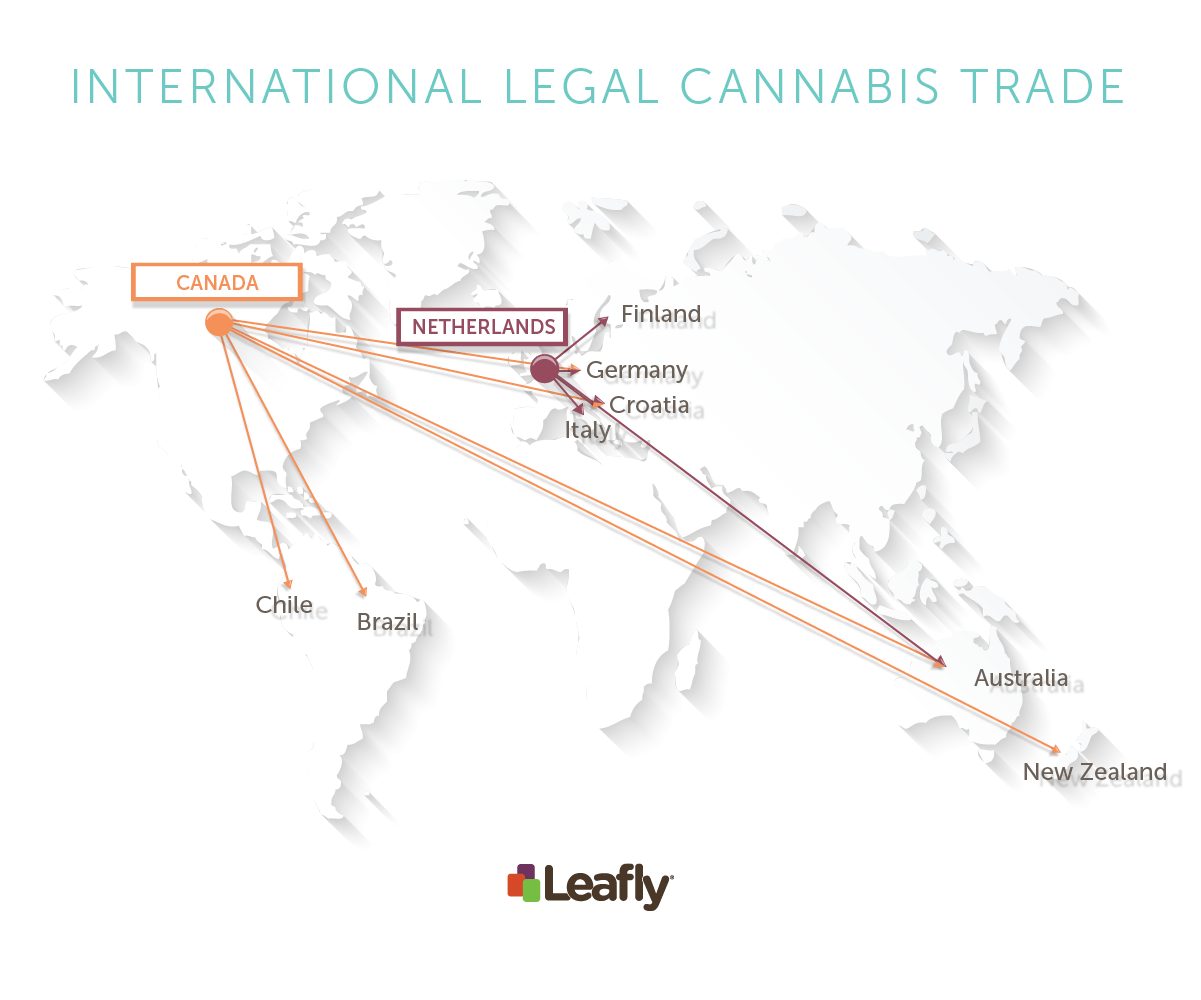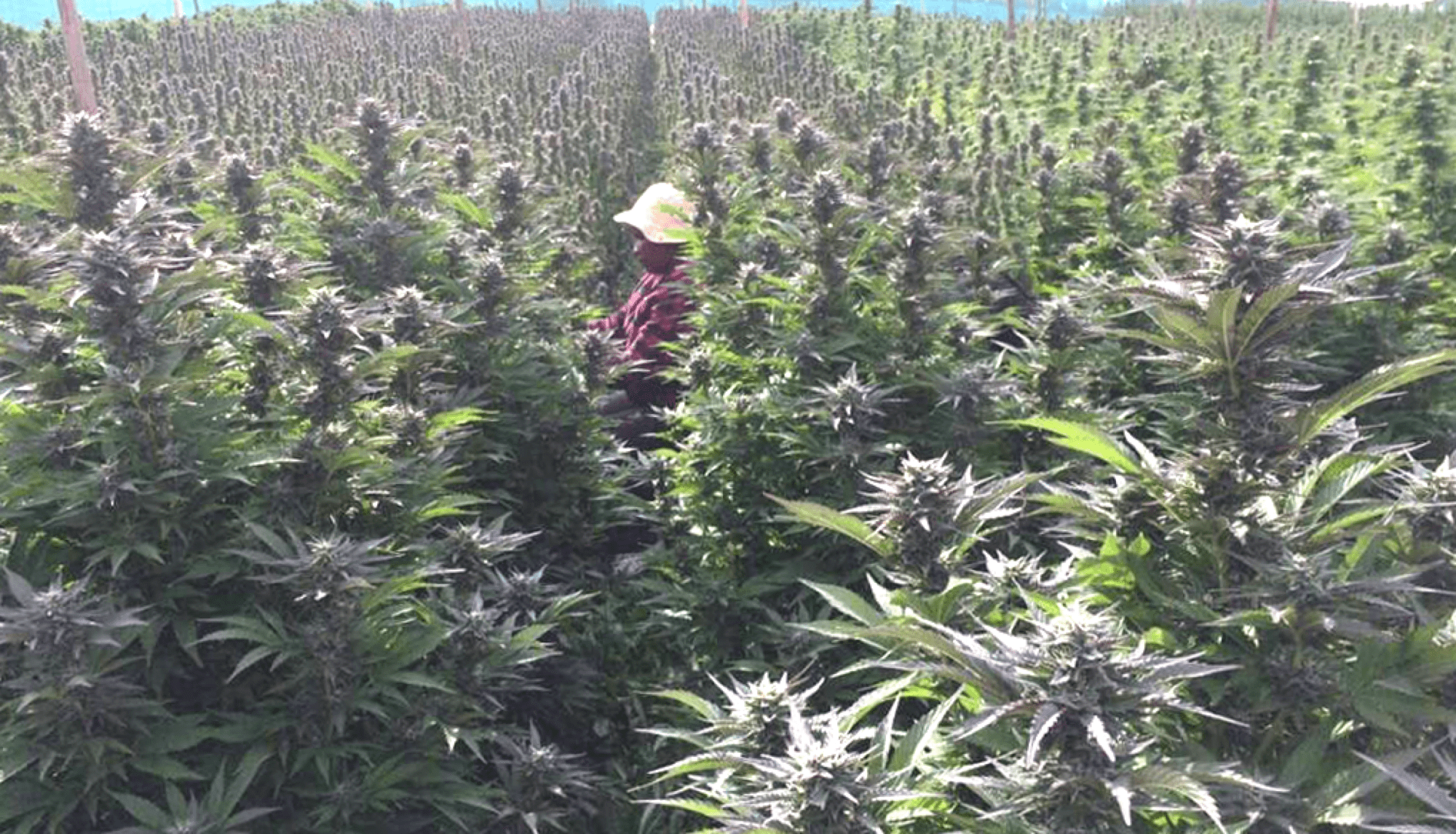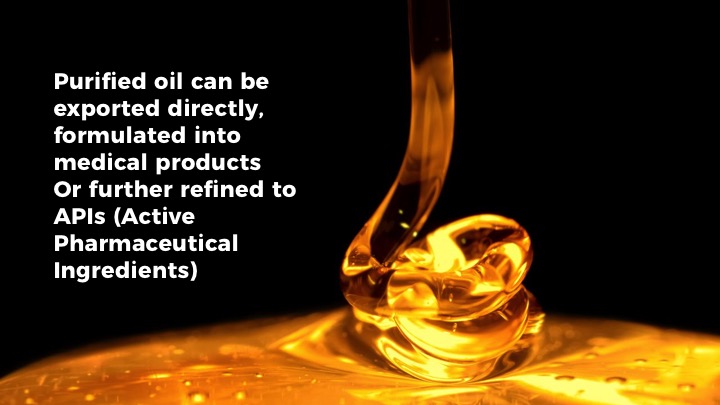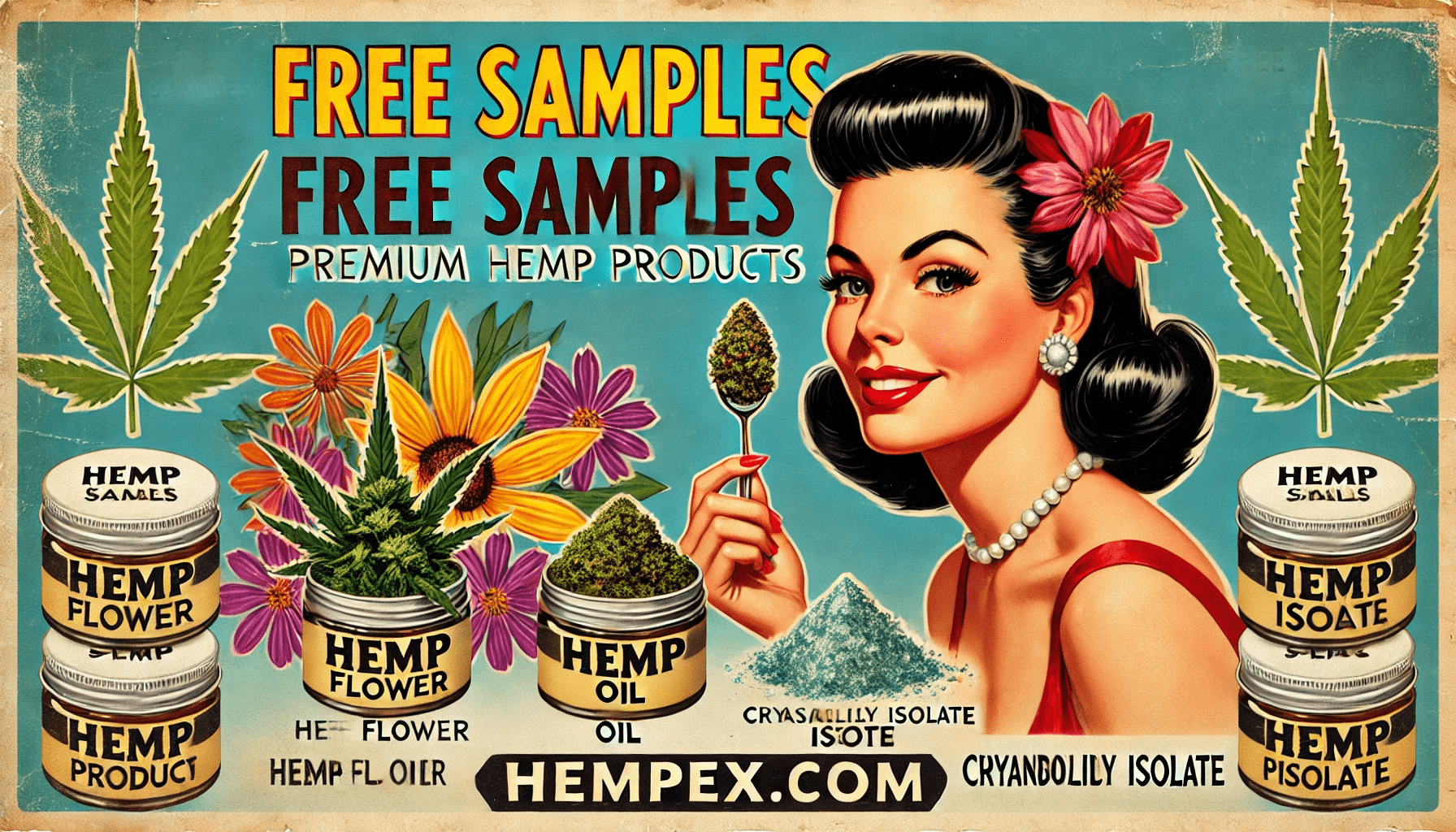Medical Cannabis is Going Global
The medical cannabis industry is booming, growing faster than any industry segment since dot.com boom. It sounds like an investor’s dream: Fast moving, high growth, high return, and a queue of institutional investors waiting on the sidelines to pour in capital following legalisation, including big pharma, big food, big alcohol, and big tobacco.
But the cannabis industry is a confusing place for investors, entrepreneurs, patients, caregivers and regulators alike. It’s hard to tell what is “normal” – when the largest market (the US) is federally illegal and poorly regulated and smaller markets have severe supply and access constraints.
In my role in international sales and business development at Rhizo Sciences I identify production and market opportunities where we can add value with our turnkey cannabis solutions. As a result, I talk to dozens of consultants, investors, distributors and licensed producers and processors every month. We design, build and manage cGMP cannabis processing and manufacturing facilities in the US and internationally, which means we spend a lot of our time engaged in cannabis pricing and production modelling, and benefit from seeing how pricing plays out in mature markets such as Washington and Oregon as well as newer and more regulated markets. Although we’re engaging very successfully in the US medical and recreational markets and a lot of our market insights reflect our experience there, when we are designing our export capable facilities we base our financial projections on the highly regulated Canadian or Australian medical cannabis systems rather than the uncertain US market.
International Cannabis Sales and Outlook
Cannabis sales internationally currently exceed $10 Billion dollars and are projected to reach $31.5B by 2021 (Forbes). However few producers currently have the capacity or capability to supply growing international demand. Several Canadian, European, Israeli and Australian companies have engaged in international trade deals, however these have mostly occurred between affiliates, or comprised small volumes of final product forms. This means that establishing a fair market price for international wholesale (10s, 100s or 1000s of kg upward) of cannabis is difficult. A true market price requires liquidity, volume, transparency and open participation, none of which currently exist in the industry.

International Cannabis Legalities
Cultivation, manufacturing and trade of medical cannabis is bound by international law including the UN International Drug Control Conventions (Single Convention on Narcotic Drugs; Convention on Psychotropic Substances; Convention against the Illicit Traffic in Narcotic Drugs and Psychotropic Substances) as well as relevant national and state legal frameworks and health department regulations. As a result the international legal situation is highly complex, constantly evolving and poorly understood.
Medical Cannabis Exporters
Until recently, only a couple of countries had a significant cannabis export industry. Leafly reported that Canada and the Netherlands were the primary exporters in early 2017. As we approach 2018 we can expect this number to multiply as more countries embrace legalisation and the export and tax revenues and employment cannabis is expected to deliver.
Medical Cannabis Export Markets
The market for export cannabis is restricted to highly regulated markets. Of these, Canada, Australia and Europe are the most attractive and accessible markets. These markets each have their own laws around the types of products allowed to be imported and sold. Canada is the most mature market with many large, modern producers and a significant domestic and export market. Importantly, all these markets require modern production to cGMP standards and quality assurance including testing by an independent third party cannabis analytic laboratory. My home country, Australia, is adopting a similar model to Canada, though even more regulated – driven in large part by Australia’s status as a major opium poppy producer.
Canada’s Impending Recreational Legalisation
The wildcard in the international cannabis industry right now is Canada’s proposed recreational legalisation. Legal adult use cannabis would dramatically raise demand for cannabis in Canada putting upward pressure on prices. This could be met by an influx of new producers, but because the legislation is still under debate it is unclear whether producers can meet demand. Recreational legalisation would also put Canada in conflict with it’s international obligations as a signatory or the UN Single Convention, which may impact it’s status as a leading exporter.
Adult Use Cannabis May Raise Prices for Medical Patients
Recreational legalisation has some strange effects on cannabis pricing – on one hand it lowers prices due to greater supply, demand and competition, but it also competes with the medical market for resources, often resulting in lack of supply and higher prices for compliant medical products. A similar outcome is anticipated in Canada, leading to greater demand for Cannabis imports to meet demand for medical grade product. International producers who are ready to supply product to Canada in the first year of legalisation are likely to enjoy premium prices and easy access as many domestic producers focus on the adult use market.
A Risky Business?
Canada’s shift is not without danger. This move would put it at odds with it’s status as a signatory of the UN Single Convention on Narcotic Drugs, effectively taking it from being the shining star of successful medical cannabis legalisation to making it an outlaw nation. What this means for Canadian licensed producers and processors who want to export to legal and compliant markets remains to be seen. Cannabis advocates see this move as yet another step on the inexorable path to full legalisation internationally, but ignoring UN drug laws could put Canada into the same basket as US states and prevent access to international trade and scare off investors.
Cannabis Price Benchmarks
Hemp and Cannabis Derived CBD Pricing
Currently the largest and most liquid international cannabis market is the hemp/cannabis CBD markets. CBD can be legally produced in many nations from the stalk and seeds industrial hemp grown without a cannabis license. Most European hemp is sourced in this manner – as a byproduct from industrial hemp manufacture from strains that express only a few percent of CBD in the flower, which means low yields, lower quality and higher levels of contamination. In reality, is a folly – there is no CBD in the stalk or seeds – the CBD comes from flower processed with the stem and stalk.
US “Hemp” Derived CBD
In the US, all cannabis is federally illegal, but industrial hemp can be grown due to a loophole in the legislation as long as it has less than 0.3% THC. Most of the CBD currently on the market is grown in the US from the flower (not the stalks and seeds) of specially bred cannabis that meets the legal definition of hemp (>0.3% THC, but often 18%+ CBD). This flower-derived CBD gives much higher yields and include many other beneficial compounds, with lower contamination – a better product from a medical perspective. But there is a problem: this US “hemp”-derived CBD isn’t technically legal in the US or in the eyes of the UN because it is sourced from flower, not stem and seeds. In spite of this the industry continues to thrive and supply the burgeoning international demand for CBD. This keeps CBD pricing down because these plants yield >10x more than industrial hemp and can still be grown outdoors in broadacre environments. Clonal propagation and hand harvesting are still required which keeps production higher than for industrial hemp and prevents the market being flooded.
Chinese Hemp CBD – Oils aint Oils
China also has a massive hemp industry, but the product is largely GMO and much of the product is contaminated with heavy metal and pollutants, making it unacceptable to global markets. This tainted product can be purified to CBD isolate to remove contaminants. If you see cheap CBD isolate for sale (under $5,000 per kg), this is probably where it comes from. However most Chinese CBD goes to domestic markets where demand for the product is massive and growing. Affluent Chinese are also importing CBD from other countries with cleaner environments and safer agricultural practices, leading to a two way Chinese trade.
Low THC, High CBD Distillate Pricing
While many grades of hemp and hemp/cannabis derived CBD are traded, the most popular and consistent product is CBD distillate – a refined cannabis oil Current benchmarks for international cannabis trade include the current price for legally produced high CBD distillate manufactured under cGMP conditions ($7,5000 to $10,000 per kilogram for bulk purchase of 10kg to 1000kg ). Note that CBD can be grown much more economically and traded more freely than THC containing products, making this market more liquid.
Canadian Cannabis Oil Pricing
The price for High THC cannabis oil manufactured in Canada can exceed USD $20,000 per kg, with improving pricing for larger purchases. Major investment in low cost production in Canada, Europe and South America could put downward pressure on prices, but this is offset by rapidly growing demand and large new markets opening up for premium cGMP grade product.
Cannabis oil is extracted from flower for use in infused products and pharmaceuticals
Emerging Cannabis Producers
There are many new emerging producers coming online, in nations with low labor cost and ideal growing conditions, such as Uruguay, Colombia, and parts of Africa (disclosure – we have a project in Lesotho, Africa). But there are also long delays between announcing new projects, and actually getting products to consumers. We also have many new consumers entering the market, and a competing black market which influences local prices. The big wild card right now is impending Canadian recreational legalisation – it remains to be seen how this impacts global pricing and supply. Canada will likely produce enough to meet it’s needs but it won’t be able to compete on price with low cost growers in traditional cannabis growing countries in South America, Africa or Asia.

Emerging cannabis producing nations in Africa and South America enjoy an ideal climate for cultivation and cheap labor.
Check out our partnership with Medi Kingdom, Africa for more information about how we are tapping into the benefits of producing in emerging markets.
Low Cost Cannabis Producing Nations
The product coming out of emerging markets at the moment is cheap – really cheap – reportedly as little as $1,000 per kilogram… of cannabis oil. But don’t get too excited about cheap weed (if you are a buyer) or worried about plummeting prices (if you’re a producer/processor). This off-shore production is largely controlled by the big players, and they are buying entire year’s production at that price, not a few kg at a time. They aren’t planning on passing on these savings to consumers, either. Remember that many of these companies are publicly traded with 8 or 9 figure market capitalisation but 7 figure revenues. They need to take most of that margin as profit to fund growth and keep shareholders happy, rather than passing it onto consumers or flooding the market with cheap oil.
High margins for retail sales
As a result consumers are routinely paying 10x or more than this wholesale price for final product forms. For example a 50ml bottle of cannabis oil containing a total of 1 gram of cannabinoids can easily retail for $100 to $200 or more. This is very different from the “wild west” US markets, where prices are lower and more variable (and so is the quality).
Regulated markets are increasingly offering Cannabis derived medicines and pharmaceutical products
Cannabis Pricing Trends
So what is a fair price for cannabis? Where is the market going? It’s hard to say, and even the most educated guesses remain just that. The only way to be certain is to secure your own production or supply at a fixed price. What is clear is that the large players aren’t necessarily trying to make quick profits on sales so much as secure market share at various points in the supply chain. Again, this comes back to an anticipated exit to large brands after the end of prohibition.
Cannabis Flower Pricing
Flower sales may be more profitable but also more variable than selling processed oil products but due to health concerns around smoking few nations will permit the import and sale of cannabis flower. Most demand will be for full spectrum oil, distillates, and purified active pharmaceutical ingredients (APIs). Most retail sales will be of refined oils and extracts infused into final product forms or consumed via medical devices such as Vape Cartridges or other precision dosed products and devices.
Where flower sales are permitted we consider a wholesale price for premium export grade cannabis flower of $2,000 per kg to $5,000 per kg is a reliable working figure, but the sales volume will be low relative to processed oil products. This assumes high quality flower production in modern greenhouses following current best practices in Cannabis production. Most first world nations can get the price of flower much under $2,000 per kg or lower only through the use of large scale greenhouse production.
*Note all price estimates I propose are the price landed in the importing country, ready to sell, including all import, brokerage and transport costs.
Cannabis sold in medical markets like Canada, Australia and Europe must be of high quality, consistency and proven origin.
Cannabis Oil Pricing
So what is a reasonable price for investors, buyers and sellers to work when planning projects and negotiating deals in the regulated legal cannabis market? To a large extent on 3 factors.
Legal status determines which markets the product can be sold in. Currently the vast bulk of world production of cannabis flower (eg: including all THC and CBD produced in the US) is technically illegal, distorting price expectations. Most of this product is also poorly regulated for safety and quality leading to the second factor.
Quality and Safety also impact which markets the product can be sold in, and significantly raise the cost of production. Exporting to highly regulated markets such as Canada, Europe and Australia requires a consistent product produced in a controlled environment to a defined standard following cGAP and cGMP and relevant food safety and consumer health standards. Currently few nations meet this standard of production.
Quantity also has a huge impact on pricing. While consumers may pay $100 per gram of cannabis oil in medical products, most dealers and distributors are buying by the kilogram and paying closer to $20 per gram of oil when buying wholesale. At the other end of the spectrum large companies are spending tens of millions of dollars to buy up the entire contracted production for cannabis oil from low cost producers in South America and elsewhere for as little as $1 to $5 per gram. It should be noted that this product may not meet the legal and quality criteria above to be sold in the most profitable markets.
The bottom line is correct price to pay to buy depends on what you can sell it for, and this depends primarily on where you can sell it, to who and in what quantities. Obviously if you are buying 1 kg of oil you will pay more per gram than when will when buying 10 kg, 100 kg or 1000 kg of oil.
Cannabis Supply Chain Players
Every nation has it’s own legal defined players in the cannabis supply chain. Except for vertically integrated markets, there are generally growers, extractors, manufacturers, and wholesalers, distributors and/or dealers as well as dispensaries. Each of these businesses typically charges a markup for their time and services, routinely 100% or more.
Wholesale Cannabis Pricing
Considering these factors as well as barriers to entry for importers, storage, shipping, testing, and wholesaler’s costs and markup, I believe a price for wholesale quantities (1kg+) of refined full spectrum cannabis oil of $10,000 per kg upward (with discounts for bulk purchases of 10s, 100s or 1000s of kg) is a reasonable working figure for financial projections and initial negotiations, assuming this product is a cGMP certified food grade oil or distillate produced in modern greenhouses following current best practices in Cannabis production – ie: it is of sufficient standard to import into the most stringent regulated markets such as Canada and Australia.
Cannabis Pricing Outlook
One thing that is clear is that costs of production will trend down as the industry consolidates and gets more professional and technology improves. This means that in order for companies to compete they need to be large and efficient, and minimise overheads such as electricity and labor. Prices will remain highly sensitive to regulation, trade restrictions and changes in supply and demand. We’ll continue to see the cannabis industry being more about legalities, compliance, and market positioning and timing, rather than just growing product.
Implications for Cannabis Investors & Entrepreneurs
So what’s the smart move for cannabis entrepreneurs and investors?
Our money is on securing a strategic international supply chain through partnership, sales contracts, acquisition or development. We focus on high quality, low cost production of product which can be sold into the most stringent markets. We’re focussed on trade volume and consistency and secure partnerships rather than looking for the lowest prices or highest margins.
The right approach for you depends on where you are in the market, your resources and goals. The large publicly listed cannabis companies such as Tilray, Canopy etc are investing tens or hundreds of millions of dollars in acquiring or developing production in emerging markets. They are producing at very low cost, sell at high prices, but are primarily interested in building retail market share. But few groups have the resources or expertise to operate at this level.
What do you think of the trends in international medical cannabis pricing? I’d love to hear your comments below.
*** Remember this is just my personal impression and not investment advice! I’ve developed my own conclusions based on our direct experience in the US and internationally and from networking with hundreds of investors, VCs, growers, processors, manufacturers, dealers, and distributors our the globe. Do your own research, particularly in your local or target market before making commercial decisions.
This article first appeared on Dallas McMillan’s Linkedin Blog.




Comments are closed.